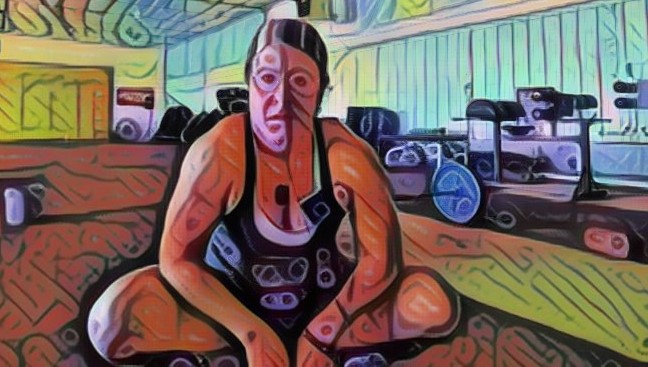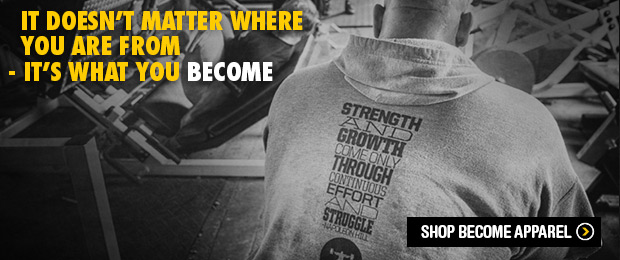
Sports and societies in general create “body cultures” because movement and the body’s appearance have symbolic significance. It’s a conversation without words. Anybody who has friends competing in bodybuilding, who are professional dancers or fashion models has seen explicit manifestations of body culture.
Certain individuals, however, deviate from their environment’s mainstream body culture and create a symbolic cocoon for themselves. They embody their own unique movement culture and we, as coaches, must observe and interpret that culture if we are asked in.
These are some of the ones that were most remarkable for me.
The Paralympic culture
Donny was a Paralympic athlete. He asked me to coach him for the season. He had already won two world championships and, according to him, the only challenge left to him was the Olympic medal. Donny became paraplegic at 21, when he was shot during a robbery and the bullet severed his medulla at the T3-T4 area. He is possibly the strongest person I met. He had no core strength, no leg drive and we were training at a regular commercial gym for a while. I would strap him to the bench with a belt and he would “do his thing”. It took me a while to understand their world. No matter how much you think that you have intellectually understood what they say about their bodies being complete and the wheelchair being a body-part, it takes time to assimilate this reality. At one occasion, during a warm-up weight of 140kg (308lbs), a woman carelessly walking through the weight room bumped against the barbell collar as Donny was pressing the bar. I don’t remember being that scared in a weight room. He was unfazed and smiled at the woman, who apologized profusely. At the first competition where I went to as a coach the other athletes realized I was new at the scene. They spent the way in teasing me with jokes that were supposed to be a little shocking. It was a welcoming ritual, though. That had to socialize me in that culture so that I wouldn’t do what outsiders do: annoy them.
Tai-chi
I practiced tai-chi-chuan at a Martial Arts center in Sao Paulo for some years. Eventually, I became close friends with several members, including the two “masters”. The tai-chi master never practiced kung-fu. He said it was just not for him. One day he asked me to train him for strength. We were good friends and he was familiar with my home gym. It was only when I started training him that I realized that tai-chi was more than a set of skills or expertise for him. It was a way to understand and exist in the world. The fast movements in kung-fu were disturbing for him as anything fast was. So we practiced what I started calling tai-chi-lifting. It was restricted to the “slow lifts” (the powerlifts and a few others). Olympic lifts were out of question. His skill acquisition was phenomenal but he would only execute movements with slow and very controlled eccentric phases. It was his thing. He gained strength and lean mass quite fast.
The mystery lady
One day I was contacted by email by a lady who needed strength programming. She explained to me that it was her physician’s requirement because she had lost so much strength and movement autonomy that she was unable to pick up her luggage from the airport’s carrousel. She refused to go to any gym, she would only train at home and she had no training equipment. She never left her apartment except for these trips. She shared with me that she suffered from some pretty severe psychiatric disorders. That was one of the strangest programs I designed using things such as bags of rice and beans as weights and everything else, bodyweight movements. I sent her the program, had many email exchanges with her and she paid me the first month. After I sent her the second month, she went silent. I don’t know who she is.









